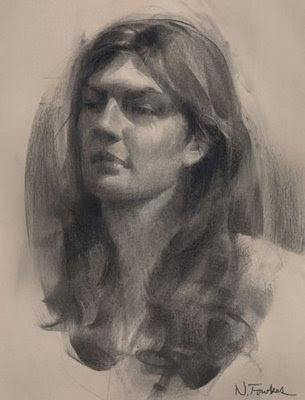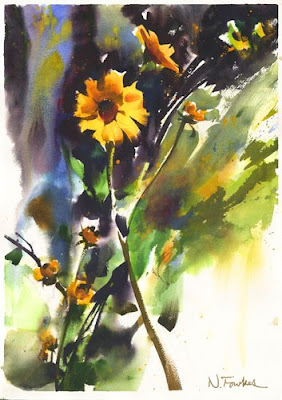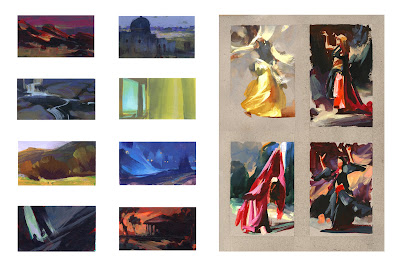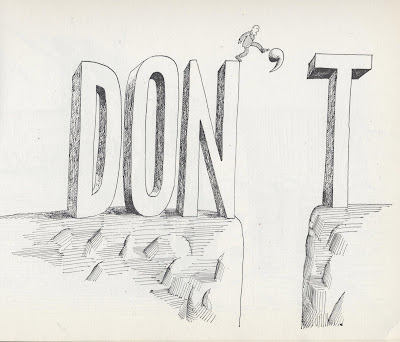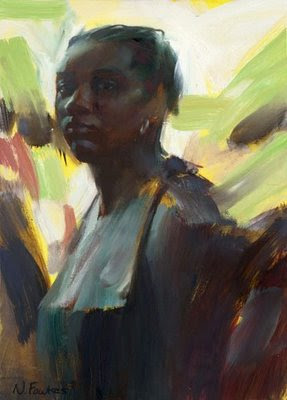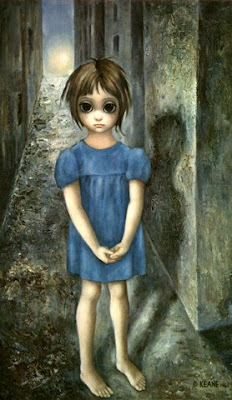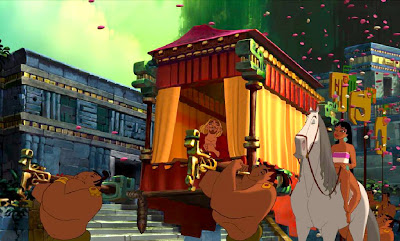THE ILLUSTRATION ACADEMY

This week I played hooky for a few days to sit in on lectures at the Illustration Academy in Sarasota, Florida. The Academy assembles some of the most talented and successful illustrators in the country to discuss their work and teach young artists in hands-on sessions. I had the pleasure of listening to presentations by Mark English : Sterling Hundley : Gary Kelley : Anita Kunz : and George Pratt : If you tried to single out some distinguishing characteristic that accounted for the success of these illustrators, it was certainly not the way they marketed their services. (They had very different techniques.) Nor did they work in a common style-- they used a wide variety of approaches. It was not the stage of their careers (their ages range from 33 to 76) or the medium they used (some painted with computers and some painted with roofing tar). It was not their geographic location (they came from all around the US and Canada) or their gender or their politics. Yet, this group repea
